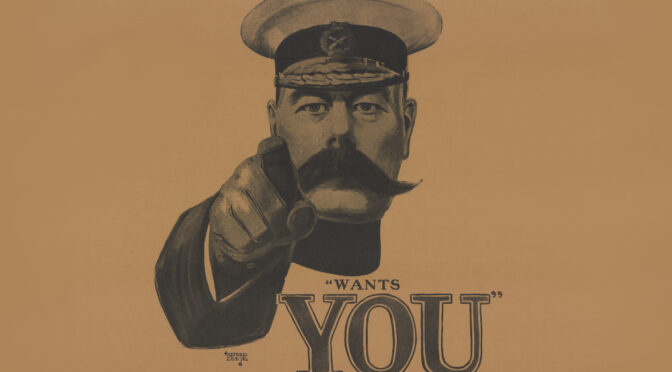Article published in The Sunday Express, 3 March 2019. © Richard Kemp
A time when the Army is not at war and hitting the headlines makes recruiting tough. As does full employment, but poor manning levels are due mainly to a privatised recruiting machine forced on the Army by cost-cutting politicians. A potential recruit rarely meets a real soldier – vital in encouraging young people and allaying their fears – until well into the application process.
The recruiting bureaucracy is virtually impenetrable. As a former soldier, I am often asked to help navigate the system, but even my understanding of the Army has rarely enabled me to do much in the face of ‘computer says no’.
How can an eager applicant be expected to wait 12 months from initial inquiry to sign-up? Poor manning levels are also caused by excessive outflow. An army savaged by cuts is a declining industry. Conditions of service have been eroded and soldiers publicly dragged through the courts falsely accused of war crimes. All this takes its toll and creates a vicious circle where unpleasant duties come round more often in undermanned units and soldiers leave.
I have been heartened to see generals actively trying to unlock the recruiting logjam as well as an imaginative advertising campaign, the Army’s surge into social media and TV shows, like Raw Recruits.
But I fear the problem won’t be solved unless the Army takes up recruiting methods used by battalion commanders that achieved full manning two decades ago.
I inherited an undermanned unit but was able to turn it round by sending my troops to scout for talent outside McDonald’s and other gathering places for likely lads.The key was getting smart young soldiers in uniform on to the streets – more effective than the shiniest computer or Twitter feed.

